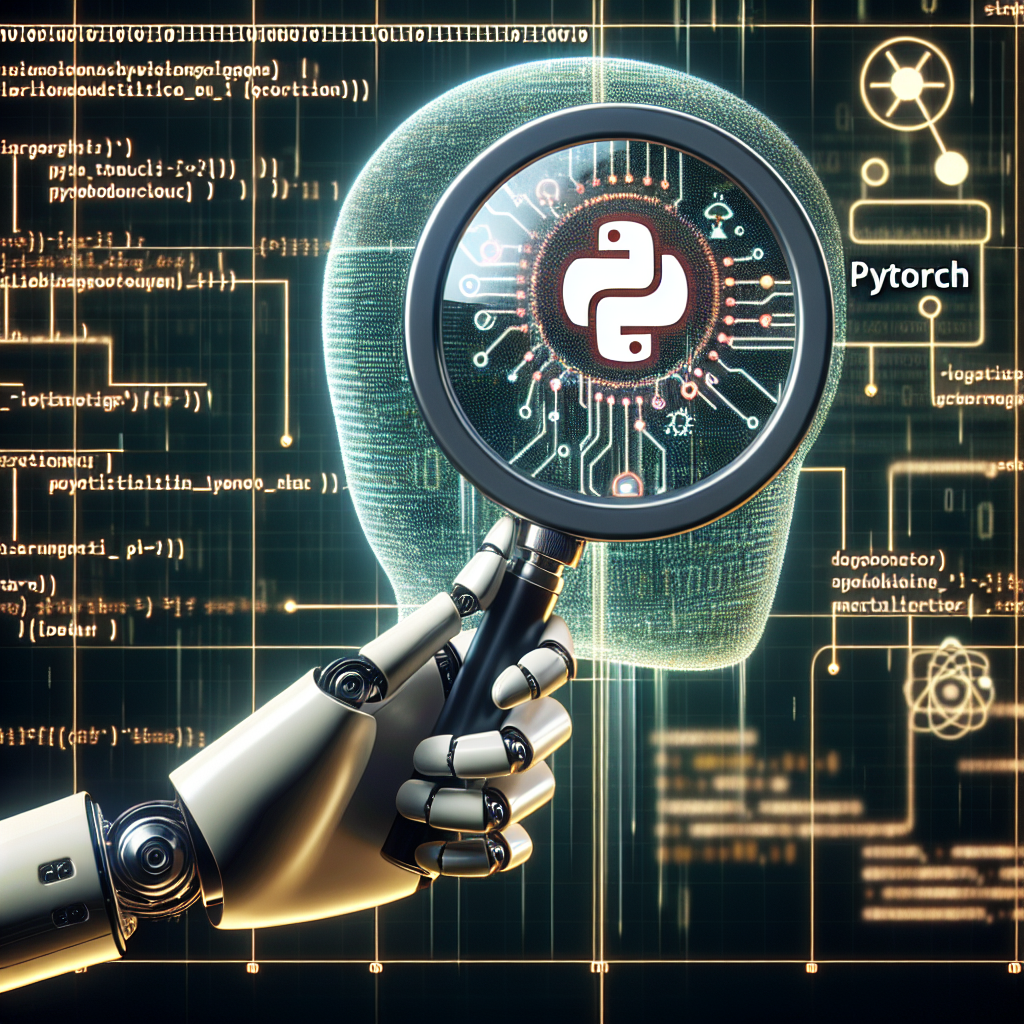PyTorch is an open-source machine learning library developed by Facebook’s AI Research lab. It is widely used by researchers and developers for building deep learning models. Recently, PyTorch released its latest version, PyTorch 1.0, which comes with several new updates and features that aim to make deep learning more accessible and efficient. In this article, we will take a closer look at the latest updates and features of PyTorch 1.0.
Updates in PyTorch 1.0
PyTorch 1.0 introduces several updates that enhance the performance and usability of the library. Some of the key updates include:
- Eager Execution: PyTorch 1.0 comes with eager execution enabled by default, which allows users to run operations dynamically as they are defined. This makes it easier to debug code and experiment with new ideas.
- Improved Performance: PyTorch 1.0 includes optimizations that improve the performance of deep learning models, making them run faster and more efficiently.
- TorchScript: PyTorch 1.0 introduces TorchScript, a new way to create serializable and optimizable models that can be deployed in production environments.
- Distributed Training: PyTorch 1.0 includes improvements to distributed training, making it easier to train deep learning models across multiple GPUs and machines.
- Mobile Support: PyTorch 1.0 now supports mobile platforms, allowing developers to deploy deep learning models on mobile devices.
Features of PyTorch 1.0
In addition to the updates, PyTorch 1.0 comes with several new features that enhance the capabilities of the library. Some of the key features of PyTorch 1.0 include:
- Dynamic Neural Networks: PyTorch 1.0 supports dynamic computation graphs, which allow for greater flexibility when building deep learning models.
- Module API: PyTorch 1.0 introduces a new Module API that simplifies the process of defining, training, and saving deep learning models.
- TensorBoard Integration: PyTorch 1.0 includes integration with TensorBoard, a visualization tool that helps users monitor and analyze the performance of their deep learning models.
- Named Tensors: PyTorch 1.0 introduces named tensors, which allow users to assign names to individual dimensions of a tensor, making it easier to manipulate and reason about tensors.
Conclusion
Overall, PyTorch 1.0 brings a host of new updates and features that make it an even more powerful and user-friendly library for building deep learning models. With improvements to performance, usability, and deployment capabilities, PyTorch 1.0 is sure to be a valuable tool for researchers and developers working in the field of machine learning.
FAQs
What is PyTorch?
PyTorch is an open-source machine learning library developed by Facebook’s AI Research lab. It is widely used for building deep learning models.
What are some key updates in PyTorch 1.0?
Some key updates in PyTorch 1.0 include eager execution, improved performance, TorchScript, distributed training, and mobile support.
What are some key features of PyTorch 1.0?
Some key features of PyTorch 1.0 include dynamic neural networks, Module API, TensorBoard integration, and named tensors.
Quotes
“PyTorch 1.0 is a game-changer for the deep learning community. Its new updates and features make it easier than ever to build and deploy powerful machine learning models.” – AI Researcher
#PyTorch #Closer #Latest #Updates #Features


